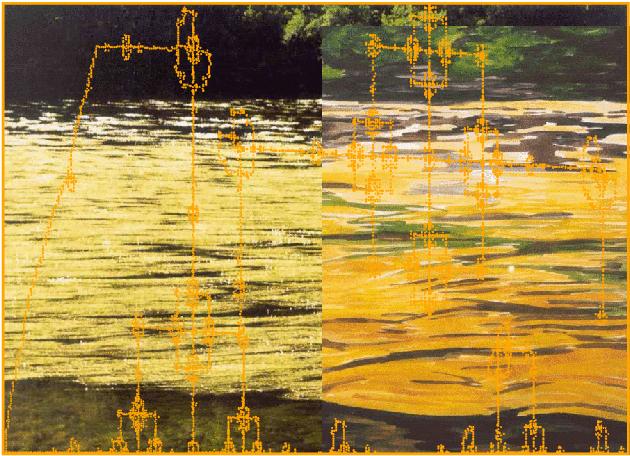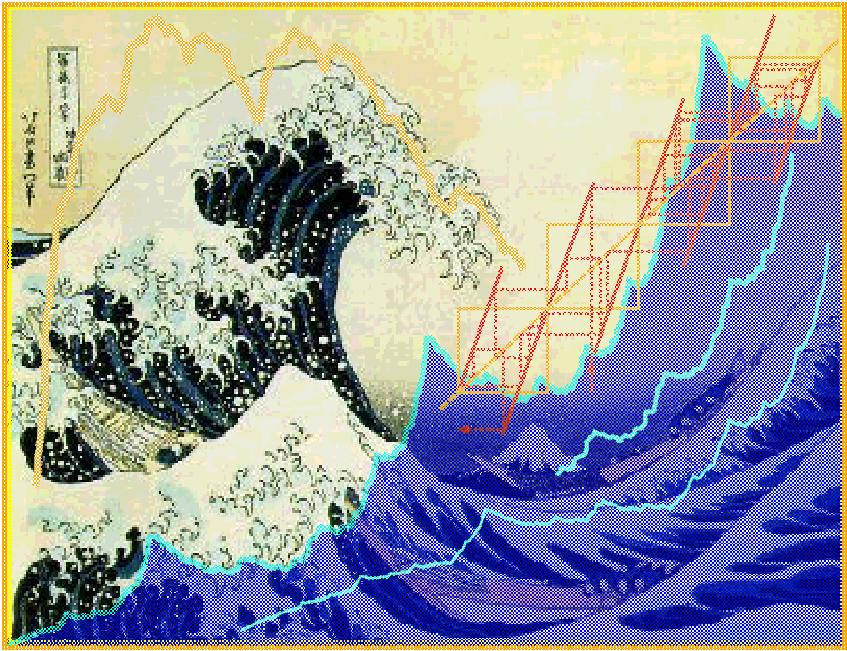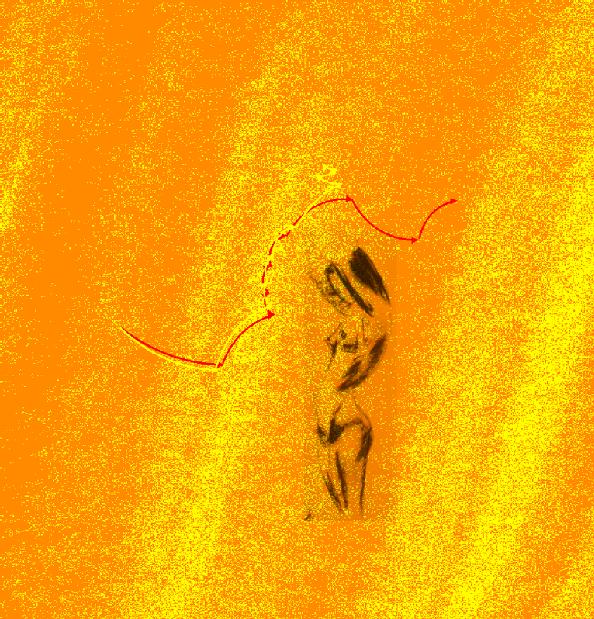my contribution to the
Chaos Magazine



TOHUWABOHU
Now the earth was TOHUWABOHU... and the spirit of God
hovered over the face of the water.
Genesis 1.2
Chaos serves for me as a concept to create new intellectual
worlds. Specifically, I use chaos as a scientific hypothesis in order to
construct physical theories. These theories are devised to link the microscopic
deterministic chaotic motion of atoms and molecules to macroscopic physical
properties of many-particle systems. Examples are gases or liquids, where
one tries to understand the origin of diffusion or viscosity starting from
the supposedly chaotic collisions between the single microscopic entities
of these fluids. In certain cases the resulting macroscopic features are
intimately related to fractal structures exhibiting self-similarities on
arbitrarily fine scales. I find it fascinating to see how unexpected properties
of matter emerge starting from deterministic chaos and dynamical instabilities
in the physical microworld.
I furthermore like the interplay between different levels
of abstraction. Our perception of `reality' is unavoidably already an abstraction.
Creating artworks is an abstraction. And science yields a further level
of abstraction. All these different intellectual worlds employ their own,
different languages, however, here and there I see some similarities. In
my three pictures I am playing around with these different concepts and
explore some crosslinks between them. There are chaotic trajectories generated
by some abstract mathematical models, some fractals resulting from them,
and curious relations to the outer world. Life, as an extreme case, is
certainly way more chaotic than the sciences that try to create some ordering
of the outer world.
1. river:
the left half shows a photo of plants floating on a river, the right
half a water color painting; on top of both there is a fractal structure
generated from a chaotic dynamical system [J.Groeneveld,
R.Klages, J. Stat. Phys. 109, 821-861 (2002)].
2. waves:
the woodcut is Hokusai's famous ``Great wave of Kanagawa''. The other
curves are parameter-dependent fractal diffusion coefficients calculated
from the simple mapping shown in the upper right corner [R.Klages,
J.R.Dorfman, Phys. Rev. Lett. 74, 387-390 (1995)], which also includes
a trajectory of a diffusing particle.
3. trajectories:
the background depicts the fractal attractor of another chaotic dynamical
system, a particle billiard (one considers a moving billiard ball similar
to the one played on a billiard table, which collides with other balls)
[R.Klages,
K.Rateitschak, G.Nicolis, Phys. Rev. Lett. 84, 4268-4271 (2000)]. Shown
are furthermore two trajectories of this system exemplifying a sensitive
dependence on initial conditions as it is reminiscent of `chaos'. The model
painting is charcoal on paper.
June 2003


